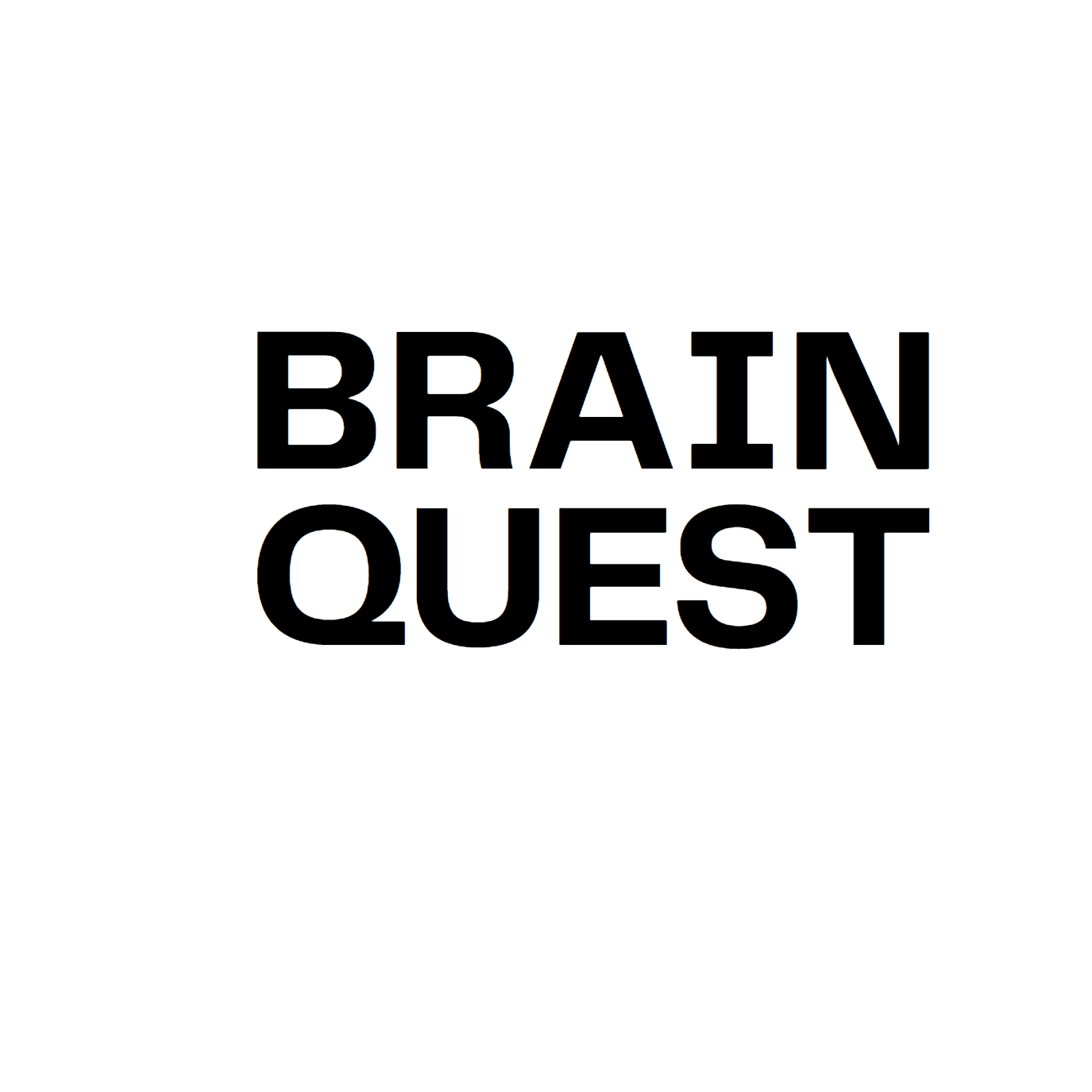FinTrack – Personal Finance & Expense Tracker

Project Overview
Product Name: FinTrack
Purpose: A personal finance and expense tracking app that helps users gain control over their money through automated tracking, budgeting, and financial insights.
Timeline: 4 months (initial MVP)
Tech Stack:
Frontend: React Native (for iOS & Android), Redux
Backend: Django REST Framework
Database: PostgreSQL
Integration: Plaid API for bank account sync
AI & Analytics: Python (Pandas, scikit-learn)
DevOps: Docker, Heroku, Firebase (for push notifications)
Problem Statement
Many people struggle with financial planning due to a lack of visibility and discipline around their spending. Existing apps often:
Require too much manual entry
Lack predictive analytics
Don't adapt to individual financial behavior
Goal: Build a modern personal finance tool that automatically tracks expenses, categorizes spending, and provides AI-driven insights for better money management.
Key Features Built
Automatic Transaction Sync
Linked securely with user bank accounts via Plaid
Synced daily to pull transactions and account balances
Smart Categorization Engine
Machine learning-based model to auto-categorize transactions (e.g., Food, Utilities, Travel)
Learns from manual user corrections to improve accuracy
Custom Budgets & Alerts
Users can set monthly budgets for each category
Real-time alerts for overspending or unusual activity
Dashboard & Reports
Clean UI showing total balance, expenses by category, and monthly trends
Visual charts to track goals and net worth
AI-Powered Financial Insights
Suggestions like “Cut back on dining out to save $150/month”
Predicts upcoming recurring expenses (e.g., rent, subscriptions)
Savings Goals Tracker
Users can create short- and long-term savings goals
Automatically tracks progress based on transaction patterns
Development Challenges & Solutions
1. Data Privacy & Security
Challenge: Sensitive financial data required strong protection.
Solution: Used AES encryption at rest, HTTPS-only APIs, and OAuth for authentication.
2. Categorization Accuracy
Challenge: Standard keyword-based filters weren’t reliable.
Solution: Built a lightweight ML model using transaction descriptions and merchant data, achieving ~87% accuracy by version 2.
3. Bank API Limitations
Challenge: Some transactions were delayed or missing metadata.
Solution: Added a reconciliation feature and fallback metadata enhancement using a third-party financial enrichment API.
User Feedback & Outcomes
Early beta launched to 150 users
84% reported better awareness of their spending
Average monthly savings increase: 18% among consistent users
Most praised features: automatic categorization and financial tips
Lessons Learned
Privacy is paramount—users won’t trust the product without visible, clear protections
Simplicity wins—users wanted actionable insights, not raw data
Machine learning models must be monitored and retrained frequently as user behavior evolves
Future Plans
Add crypto wallet tracking
Enable bill reminders and auto-pay integrations
Expand AI insights with GPT-based financial coaching
Launch a web dashboard for desktop users
Conclusion
Building FinTrack was an opportunity to combine fintech APIs, data science, and mobile UX to solve a real-world problem: helping people feel more in control of their money. The app not only strengthened my backend and AI implementation skills, but it also reinforced the importance of transparency, privacy, and empathy in user-centric product development.
